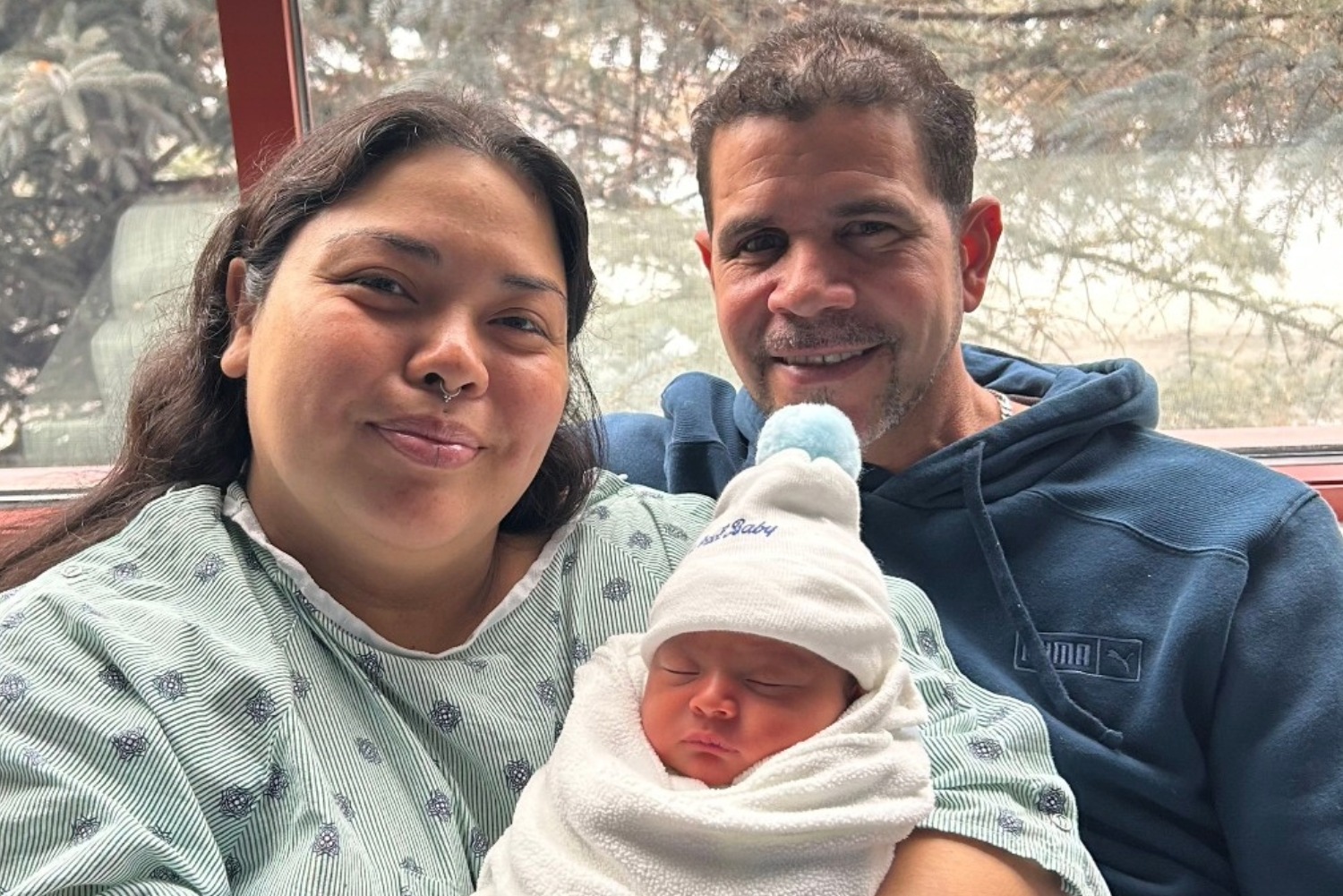News
Eagle County boasts lowest COVID-19 fatality rate in nation
Colorado Gov. Jared Polis called for a moment of silence on Friday as the state mourned the more than 1,000 people who died with COVID-19 in Colorado. Eight of those deaths came from Eagle County, where the case fatality rates are currently the lowest in the nation at less than .15 percent.
Vail Health estimates 6,300 people or 11.5 percent of the population has had COVID-19 in Eagle County based on a sample size of the 3,400 people who have received antibody tests. That is the largest sample size of anywhere in the country, said Chris Lindley with Vail Health.
“We feel very confident that the underlying presence in our community of individuals with antibodies is 11.5 percent, and that number is not going to change,” Lindley said last week. “I guarantee you if we test another 1,000 people, it will be within another plus or minus one percent of that. This is a very, very large sample size, we have extreme confidence in it.”
Of course, the fact that Eagle County leads the nation in both percentage of the community tested and lowest death rate is no coincidence. While the area’s low obesity rate and general healthiness does contribute to the low death rate, the high testing capabilities play a larger role, as case fatality rates are based on the number who have died divided by the number who have tested positive.
Other areas aren’t able to use as large of a denominator in that equation, Lindley said.
“They have not tested extensively enough to be able to estimate how many people have had it,” he said.
Died with vs. died from
Gov. Polis was careful to make the distinction between people who died with COVID-19, and people who died from the virus.
“(Colorado must) report, under federal guidelines … the number that have had COVID and died,” Polis said Friday. “I have joined in asking the department to report to the public the people that have died from COVID-19 … What the people of Colorado want to know is not who died with COVID-19, but who died of COVID-19.”
The state announced a change in its reporting method on Friday to list both the people who died with COVID-19 and the people who died from COVID-19. While Polis thought the “with vs. from” distinction would not make a big shift in the numbers, the opposite proved to be true as the distinction revealed a more than 25 percent drop in the number of deaths from COVID-19.
A few hours after Gov. Polis announced the event to mourn what he thought was more than 1,000 people who had died from COVID-19, that number was reduced to less than 900 people. As of Saturday, the death toll of victims who died from COVID-19 was 878, while 1,192 people had died with the disease.
Prepared for the worst
While Eagle County’s fatality rate is low, it doesn’t mean locals should not expect to see dozens of deaths to occur over the next two years.
With an estimated 11.5% of Eagle County locals already infected at some point, another 55- 60% need to survive the disease, or receive a (yet-developed) vaccination, before herd immunity is reached and the virus can no longer spread. This could take 18-24 months, Lindley said.
And while Polis frequently said the time Coloradans spent in quarantine was in an effort to help hospitals gear up for high caseloads and future surges in spread, at Vail Health the time was well put to use, Lindley said.
The hospital now boasts
- The best testing capabilities in the country
- A large, fully trained cadre of staff that are now experienced and have treated COVID-19 patients and are comfortable working in high-level infection control environment
- 56 hospital beds with an ability to surge to 30 more
- 20 additional negative air pressure rooms
- Substantial cache of PPE to last eight weeks under full COVID-19 surge conditions
- 30 air purified personal respirators
More News
-
New!
More

First Baby of 2026
It's a boy! Vail Health Hospital welcomed the first baby born in 2026 on January 5 at 7:48 p.m.
-
New!
More

Screening Secrets: What Every Man Should Know About Prostate Cancer Screening
Prostate cancer is the most common type of non-skin related cancer in men, and it is the second leading cause of cancer-related deaths in men within the United States, behind lung cancer. Fortunately, if caught early, prostate cancer remains highly treatable and curable with minimally invasive procedures.
-
New!
More

Unplug to Recharge: Why a Digital Detox Is the Real Power Move for 2026
Our phones promise connection, convenience and control, yet most of us feel more scattered, stressed and sleepless than ever. The constant pings, scrolls and notifications have rewired our brains for distraction. The fix? Not abandoning technology altogether, but reclaiming balance.





